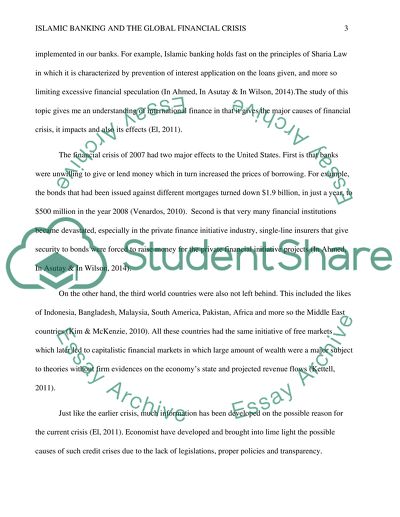Cite this document
(“Could Islamic Banking help avert the financial crisis Essay”, n.d.)
Could Islamic Banking help avert the financial crisis Essay. Retrieved from https://studentshare.org/finance-accounting/1639874-could-islamic-banking-help-avert-the-financial-crisis
Could Islamic Banking help avert the financial crisis Essay. Retrieved from https://studentshare.org/finance-accounting/1639874-could-islamic-banking-help-avert-the-financial-crisis
(Could Islamic Banking Help Avert the Financial Crisis Essay)
Could Islamic Banking Help Avert the Financial Crisis Essay. https://studentshare.org/finance-accounting/1639874-could-islamic-banking-help-avert-the-financial-crisis.
Could Islamic Banking Help Avert the Financial Crisis Essay. https://studentshare.org/finance-accounting/1639874-could-islamic-banking-help-avert-the-financial-crisis.
“Could Islamic Banking Help Avert the Financial Crisis Essay”, n.d. https://studentshare.org/finance-accounting/1639874-could-islamic-banking-help-avert-the-financial-crisis.


